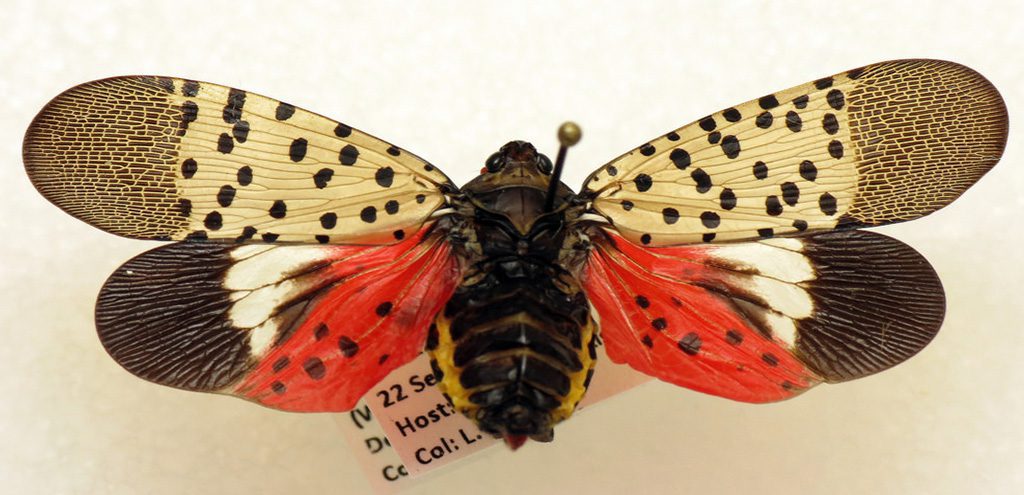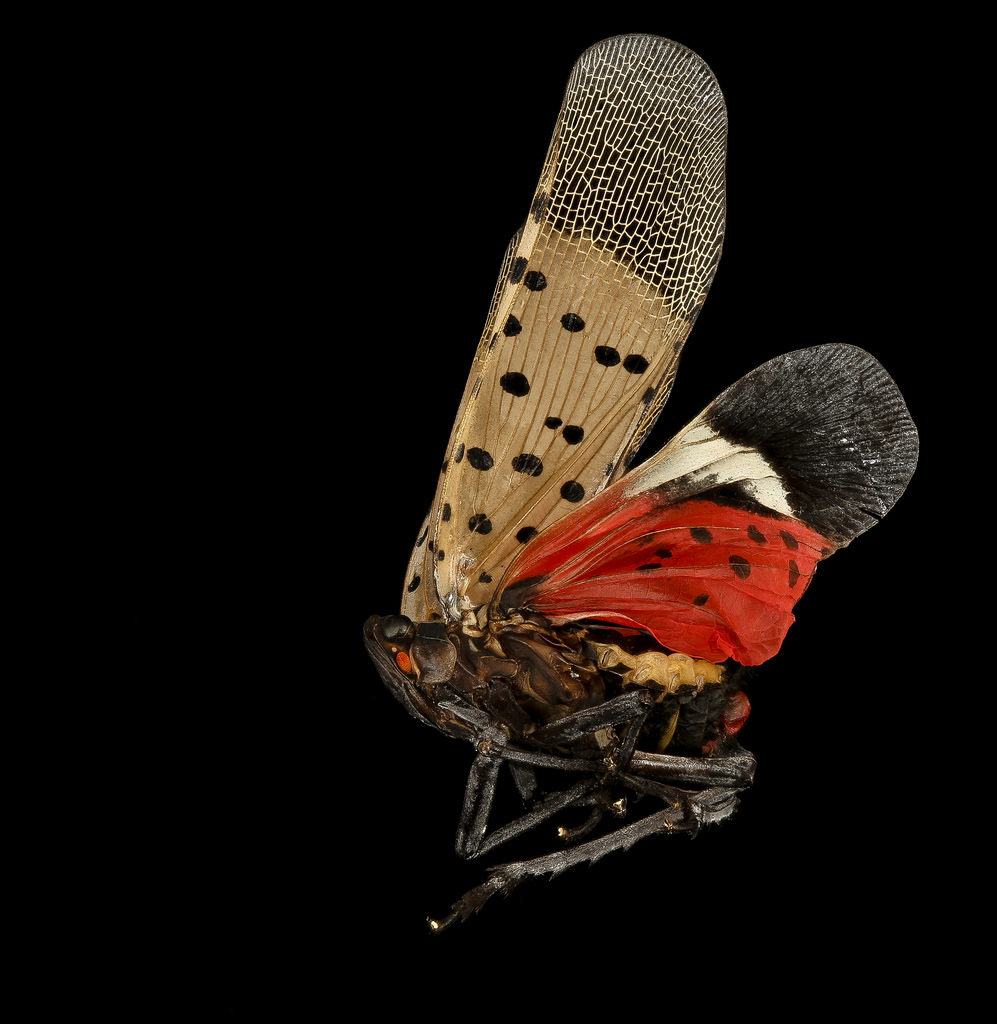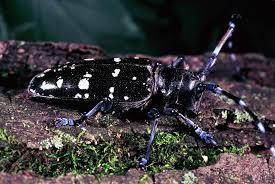
Longer nights, sunshine, rosé, baseball, roof decks – these are the welcome guests of summer. The unwelcome ones? Bugs! While some bugs are truly good for our urban ecosystem (shoutout to the bugs and birds that eat mosquitoes) there are a few we, and our trees could live without.
 Lone Star Tick
Lone Star Tick
In the stuff truly of nightmares, Lone star ticks hunt in packs and spread an allergy to beef and pork. Thanks to climate change, they’re spreading. Even a decade ago, only small populations of lone star ticks were found in the northeastern U.S. As climate change shifts temperatures and humidity levels across the country, many types of ticks — which thrive in warm, humid weather — are able to expand their ranges. Although thankfully a recent study indicates that lone stars can’t carry Lyme disease. Look for the telltale white dot in the middle of the tick and be sure to carefully check yourself and others for ticks when out in tall grass or the woods.
 Spotted Lanternfly
Spotted Lanternfly
While not a direct threat to humans, the spotted lanternfly is a relatively new invasive species to our area and we’re already bracing ourselves. While this pest is quite eye-catching, the trail of destruction it leaves is not. Trees such as the tree of heaven and willow will develop weeping wounds when exposed to them. These wounds will leave a greyish or black trail along the trunk. The sap attracts other insects to feed, notably wasps and ants. That’s not the only trouble caused by the spotted lanternfly: Both nymphs (immatures) and adults cause damage when they feed, sucking sap from stems and leaves. This can reduce photosynthesis, weaken the plant, and eventually contribute to the plant’s death. Look for this and columns of brown-ish egg deposits on smooth parts of bark. If you see any, contact your local extension specialist.
 Asian Tiger Mosquitos
Asian Tiger Mosquitos
The Asian tiger mosquito is an exotic species that gets its “tiger” name from the single white stripe down the center of its head and back. Not only do these mosquitoes provide the typical irritation and itch of regular run of the mill mosquitoes, this biting insect can transmit harmful diseases like West Nile virus, chikungunya and dengue fever. Clothing coverage and bug sprays are your best defense against these pests.
 Asian Longhorn Beetle
Asian Longhorn Beetle
Continuing the trend of brightly patterned invasive bugs from Asia, the Asian longhorn beetle has steadily been making its way through New York City, New Jersey, Chicago, Massachusetts, Ohio and even Toronto, Canada. One of the main issues with Asian longhorn beetles, unlike the spotted lanternfly mentioned above or the emerald ash borer mentioned below, is its affinity for a variety of hardwood tree species especially maples, elms, willows, and birches. Considering maple syrup and fall foliage are big economic drivers in the affected regions, the Asian longhorn beetle has the potential to not only devastate landscape, but also to devastate crucial industries outside of forestry. Thankfully they’re quite distinctive looking with small white spots and large black and white antenna. If you see any, contact your local extension specialist.
As always, we’d be remiss not to mention the terror of the Emerald Ash Borer, a shiny green beetle that continues its destructive spread throughout the United States, taking down ash trees along the way.

